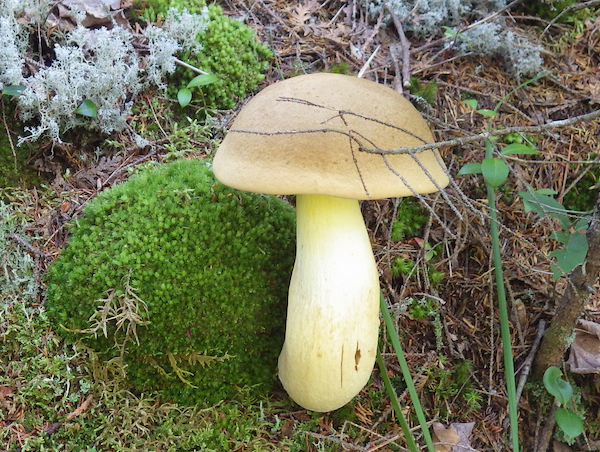Mushrooms in Maine present an intriguing tapestry of shapes, colors, and textures that beckon enthusiasts and foragers alike. As the seasons shift and forests undergo their own transformation, these fungal marvels emerge, adding depth to the vibrant ecosystem of the region. However, delving into the world of mushrooms requires caution and expertise in identification, as missteps can have dire consequences.

Maine’s diverse habitats provide an ideal setting for an array of mushroom species to thrive. From the damp, shaded recesses of dense forests to the sun-dappled clearings, each niche harbors its own unique fungal inhabitants. The intricate interplay between fungi, plants, and other organisms underscores the delicate balance of nature, where mushrooms play a crucial role in nutrient cycling and decomposition.
Venturing into the woods of Maine offers a glimpse into the fascinating world of mycology, where every mushroom encountered presents an opportunity for discovery and learning. Whether it’s the striking beauty of a vibrant chanterelle or the elusive allure of a prized morel, each species holds its own allure. Yet, beyond their aesthetic appeal, mushrooms serve as vital components of forest ecosystems, breaking down organic matter and recycling nutrients, thereby enriching the soil and supporting plant growth.
Moreover, mushrooms are not merely passive participants in the ecosystem; they also engage in intricate symbiotic relationships with trees and other plants. Mycorrhizal fungi form partnerships with tree roots, exchanging nutrients in a mutually beneficial association that enhances the resilience of forest ecosystems. These symbiotic alliances contribute to the health and vitality of Maine’s forests, underscoring the indispensable role of mushrooms in maintaining ecological balance.
In conclusion, exploring the rich diversity of mushrooms in Maine unveils a captivating world teeming with life and ecological significance. However, it’s crucial to approach mushroom foraging with caution and respect, ensuring proper identification to avoid any potential risks. By fostering an appreciation for these fungal wonders and their ecological contributions, we can deepen our connection to the natural world and cultivate a sense of stewardship for the forests of Maine and beyond.
Leave a Reply